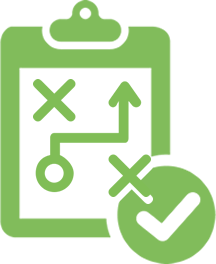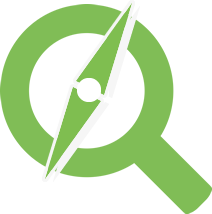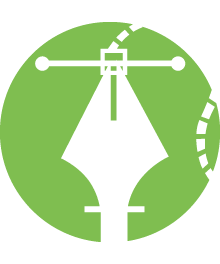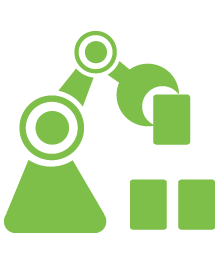There is allot of interest out there concerning development processes and how I approach a web project. Below is a generalized formula that I try to follow depending on the company and environment I am working in at the time. I have always tried to be open to different processes and work within the company's development approach that has its own cemented in formula's. This allows me to be the most productive in that particular environment. When I am tasked with a project with no design processes I tried to follow the outline below to help maximize the design potential for that project.

Requirement Gathering and Strategy
Strategy and requirement gathering is important from the beginning, because it helps all parties involved to help keep the brand, principles, and long-term vision of a business in focus and on track. The strategy developed in this step will shape the goals of the project and what the business is hoping to achieve with the project. How the priorities will shape the project over all. In this phase through conversation, I try understand the requesters needs and what the application needs to be for the end user.

Research and Discovery
Research and Discovery phase, the Research phase has probably the widest approach in projects. The more complex projects I have worked on require more significant user and competitor research to maximize the effectiveness of the web project, while small startup websites and applications may skip allot of research activities other than some informal interviews and and meetings with requesters. The Research phase helps in creating an informed user experience.

Design
The Design phase of a project is collaborative, involving input and reactions from different groups and requesters. At this point it becomes iterative, meaning that it loops back upon itself to validate ideas. Using a feedback loop to build and established in previous phases, the design phase is to put ideas in front of users, get their feedback, refine them, and repeat. These ideas may be represented by sketched out wireframes on paper or white board, then interactive wireframes done in Axure or similar wireframing software to give the requesters and testers semi-functioning prototypes, These are created in low-fidelity to delay any conversations relating to look and feel.
Once the wireframes are agreed on then I approach the visual phase where color, images, typography and visual spacing are considered this to is an iterative loop approach again, and it helps cement the final full color look and feel of the application that will be carrier through out the different pages.

Production
The Production phase is where the high-fidelity designs are taken into HTML pages, My Role at this point shifts to collaborating with the developers I usually try and volunteer the handling of the HTML and CSS so that the design mockups and the markup pages match as closely as possible, so that all parties expectations are met. If the project is too large for this, I like to at the very least provide design feed back with the production team to insure design integrity. All digital assets icons, graphics that may have been fleshed out in the design phase are created.